Utpala Dynasty (855-939 A.D)
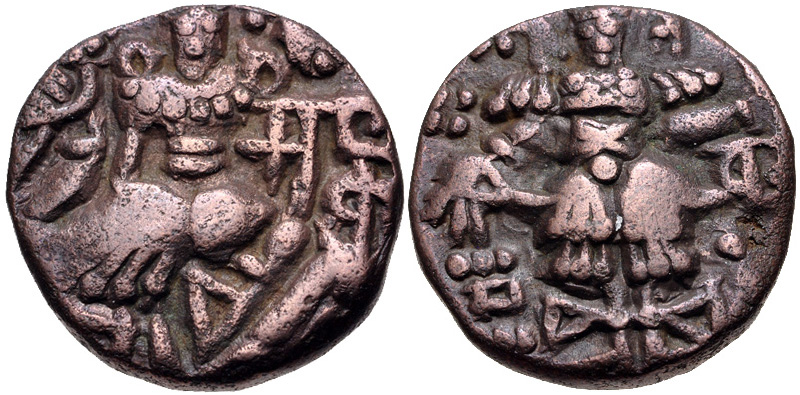
The start of Medieval History: Founder of Utpala Dynasty was Avantivarman (855-883 A.D) in 855 A.D. He restored peace in Kashmir from political and economic disorder. According to Kalhana, he built many temples with which he also provided strong administration in valley. The capital city for this Dynasty was called Avantipura in which he built 2 temples, one was for Vishnu and other one was for Shiva.
When he was reigning “Suya” was considered to be among the best engineers of Kashmir, who founded Suyyapur (Sopore in Baramulla District). After the death of Avantivarman (883 A.D), his son Shankarvarman became the next king. During his reign the civil war began in Kashmir and the decline of Utpala Dynasty started.
Brahminic Rule (939-948 AD)
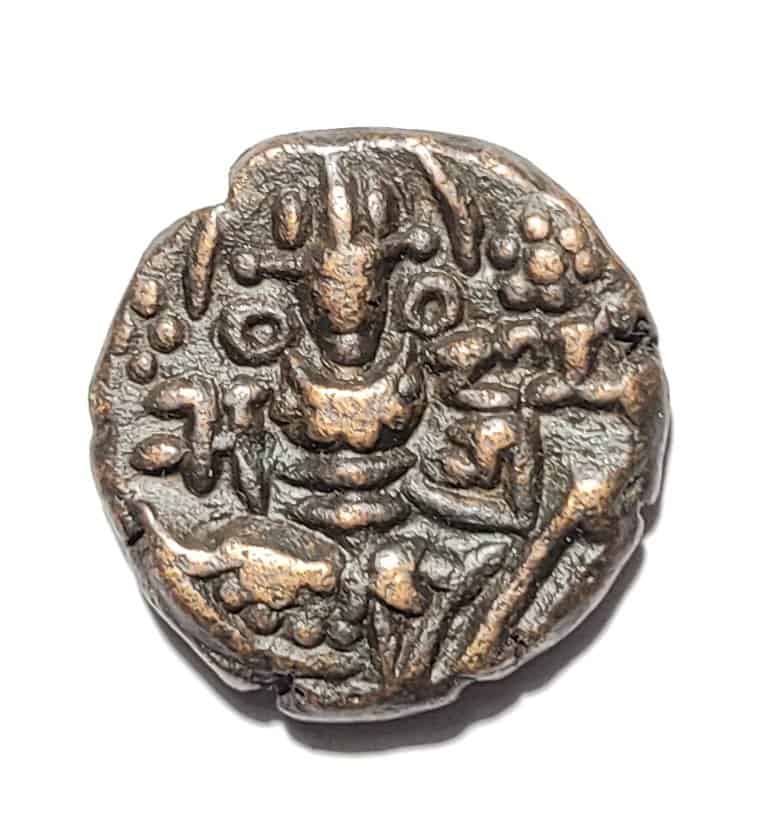
The Brahmins became powerful in Kashmir after the downfall of Utapala Dynasty. Council of Brahmins placed Yashaskara on the throne of Kashmir in 939 A.D. He restored peace after the civil war which started during the reign of Shankarvarman (Son of Avantivarman) and ended the long civil war.
After Yashaskara, Sangramadeva (948 A.D) became king but he was murdered by the minister Parvagupta, which ended The Brahminic Rule abruptly.
Gupta Rule (948-1003 A.D)
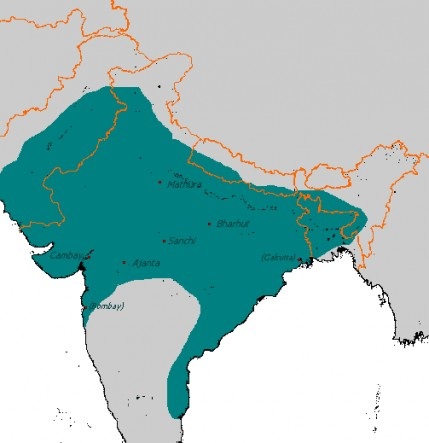
Paravgupta became the first Gupta ruler of Kashmir in 948 A.D after the murder of Sangramadeva. His son Kshenagupta became king after him an he ruled for 8 years. He married Princess Didda the daughter of Lohara King. She built many temples, monasteries in the valley and provided a good administration.
In 980 A.D she took over the throne after her husband’s death. She handed over the throne of Kashmir to the Lohara ruler to Sangram Raj (Son of her brother Udairaj in 1003 A.D) before her death. During her time of reign Mahmud Gaznavi twice tried to capture the valley during the period of Didda but could not succeed.
Lohara Dynasty (1003-117 A.D)
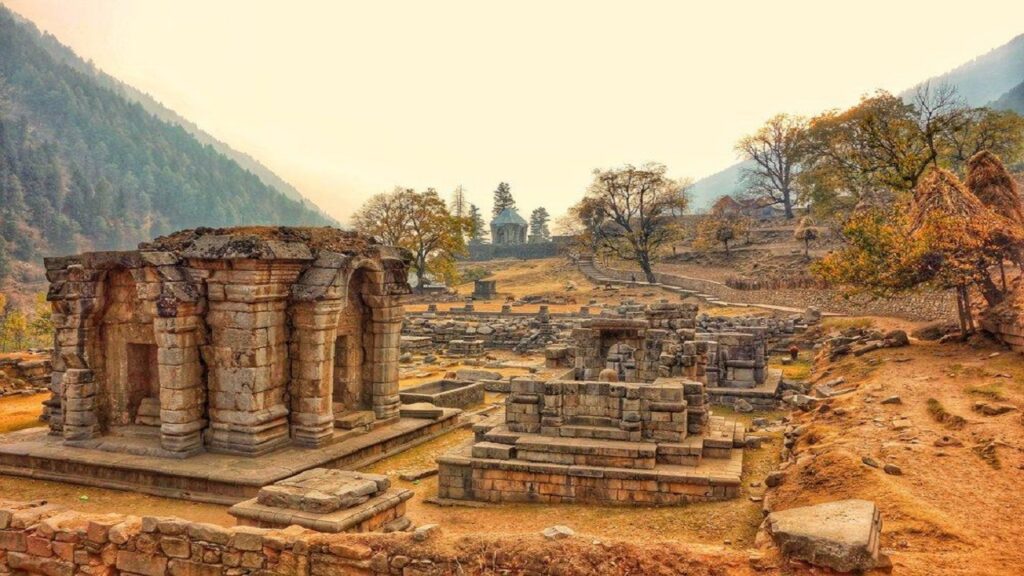
Founded by Sangram Raj (1003-28 A.D) after princess didda handed the throne to him. After him Harsha (1089-1101 A.D) became the ruler and was a patron of art and literature. Harsha and his son Bhoja were strong rulers but were killed by their generals Uchchala and Sussala treacherously and the throne was passed into their hands.
Jaisimha (1128-55 A.D) was the last good ruler of this dynasty and it was in his time that Kalhana completed his historical text Rajatarangini (1148-50 A.D). He ruled for 27 years and established peace in Kashmir. There was a lot of political unrest and chaos after the death of the last ruler of this dynasty Vanitadeva, who died in 1171 A.D.
Deva Dynasty (1171-1339 A.D)
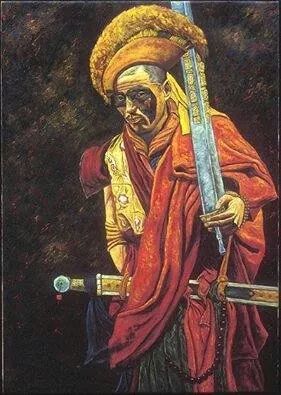
The dynasty ruled from (1171-1339 A.D) which was ruled by Sangramdev and Sahdev who were notable kings of this Dynasty. Kashmir was invaded by a Tratar Chief (Mongol), Dulucha, from Central Asia during the reign of Sahdev (1301-1320 A.D). Dulucha committed many types of atrocities in the valley. Because of this situation, Sahdev fled from the country.
After fleeing, a Ladakhi prince named Rinchan (1320-23 A.D) seized the throne who later embraced Islam and became the first muslim ruler of Kashmir while also changing his name as “Sultan Sadruddin.” Sultan Sadruddin died in 1323 A.D and after his death his queen Kota Rani married the Deva ruler Udayanadeva (Brother of Sahdev). He was also the last hindu ruler of Kashmir. After his death queen Kota Rani ruled the dynasty bravely but an uprising against her started by Shah Mir (Minister of Rinchan) the dynasty came to an end in 1339 A.D and it was the start of an establishment of Shah Mir Dynasty in Kashmir.
Shah Mir Dynasty (1339-1555 A.D)
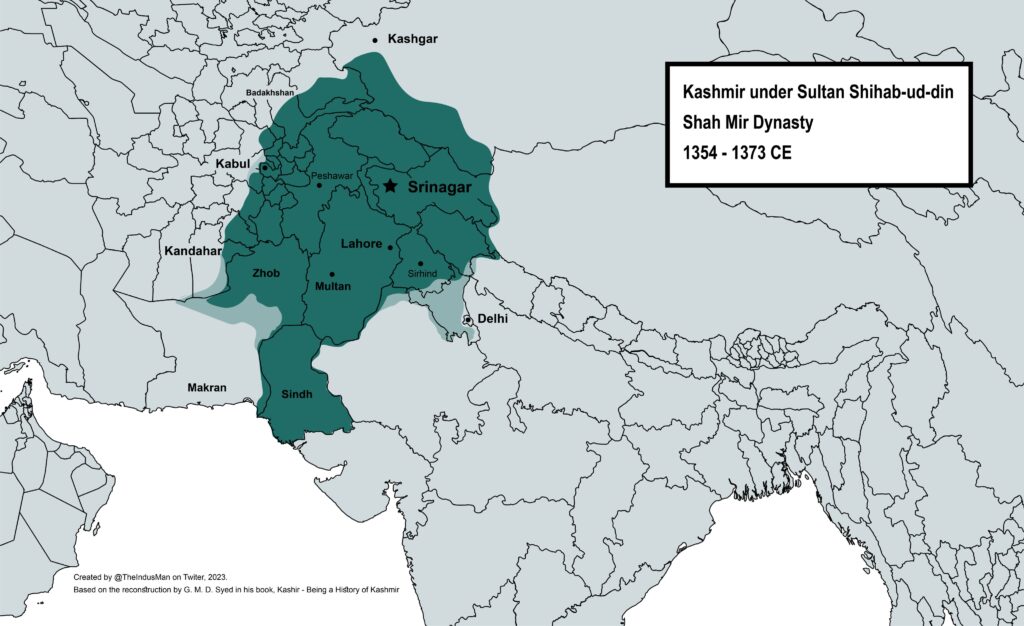
The Dynasty was founded by Shah Mir who also became the ruler of Kashmir (1339-1342 A.D) under the title of “Sultan Shams-Ud-Din.” During this period Islam was established in Kashmir. Most important rulers of this period were Sultan Shihab-ud-din (1354-1373 A.D) and Sultan Zain-ul-Abidin (1420-1470 A.D).
Sultan Shihab-ud-din was a good ruler who led many campaigns and conquered many regions like Sindh, Kabul, Ghazni, Kandhar, Pakhali, Swat, Multan, Badakhshan, Dardistan, Gilgit, Balochistan and Ladakh. He faced an invasion of the ruler of Kashgar (Central Asia) who later claimed Ladakh and Baltistan. Sultan also conquered Kangra during an expedition where he led an army towards Delhi.
Chak Dynasty (1555-1586 AD)
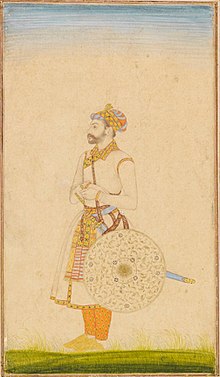
It was the dynasty founded by Mohammad Ghazi Shah Chak in 1555 A.D. They prevented Mughals attempt to conquer Kashmir and fought rulers like Babur and Humayun. The last ruler of Chak Dynasty was Yaqub Shah Chak who also tried to resist the Mughal army but was defeated by the army under Qasim Khan at Haripura and thus, The Mughal Rule was established in 1587 A.D.
Mughal Rule in Jammu and Kashmir
(1587-1752 A.D)
Akbar
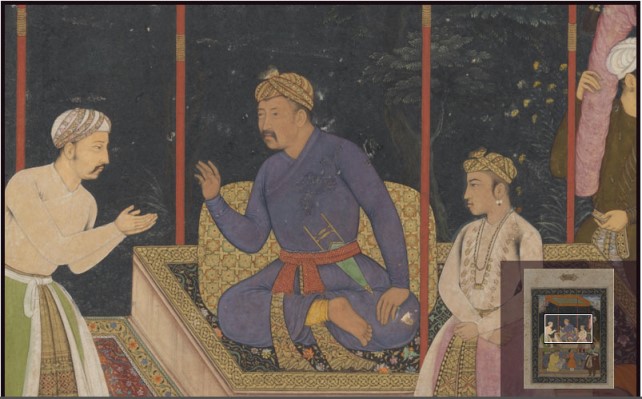
Akbar acquired the reign of Kashmir in 1587 after defeating Yaqub Shah Chak. He assigned the task to Raja Todermal (The Finance and Revenue Minister) to make a revenue settlement of the valley. He built Hari Parbat Fort in Srinagar in 1590 A.D. Kashmir was a famous spot among Mughals due to its beauty and craftsmanship.
Jahangir
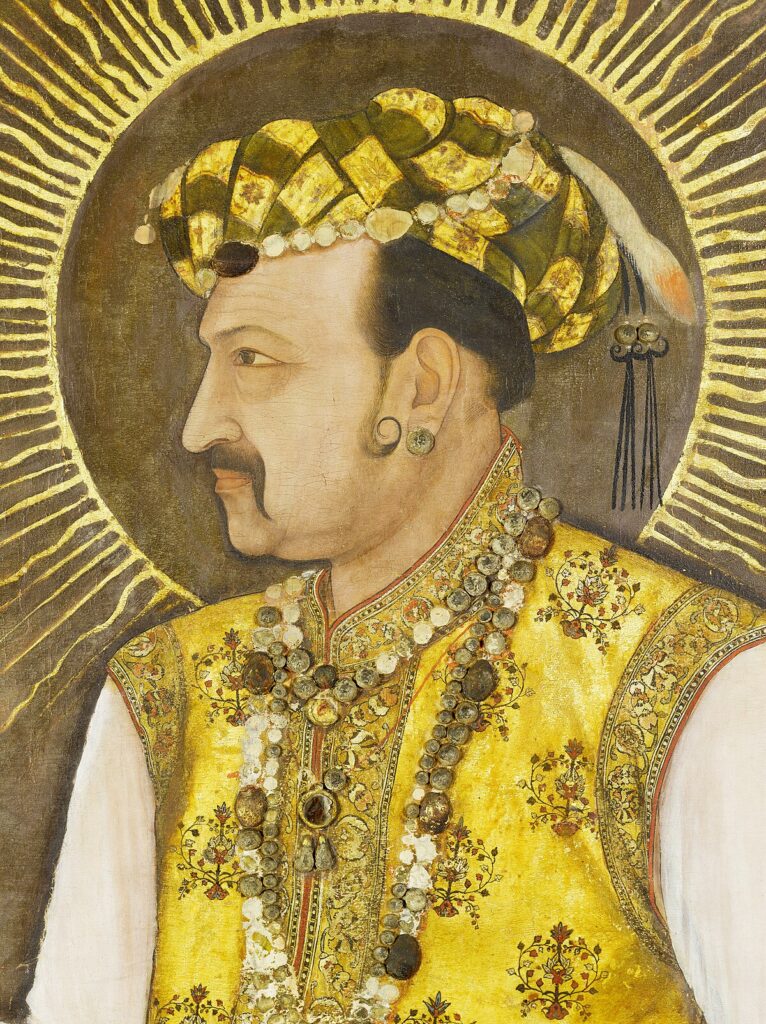
Jahangir started reigning over Kashmir in 1605 A.D. He also visited Kashmir 13 times and was an art lover. He built many famous gardens in Kashmir i.e. Nishat Bagh, Shalimar Bagh on the banks of Dal Lake.
Shahjahan
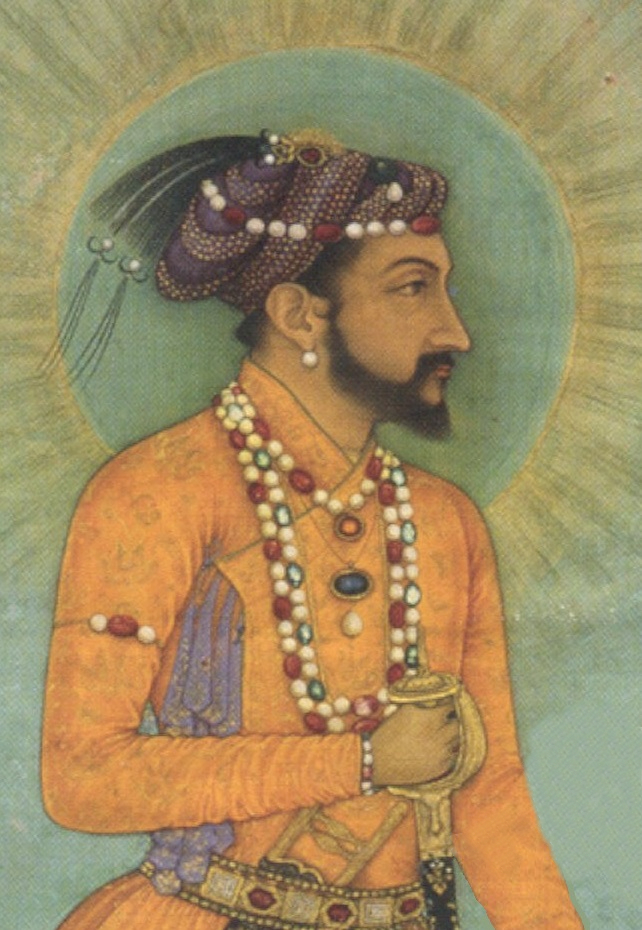
Shahjahan became the ruler of Kashmir in 1628 A.D. He built Chashme Shahi Garden through his governor Ali Mardan Khan in 1632 A.D as he was also an art lover.
Conclusion
This is a brief introduction and a sum up of medieval history of Jammu and Kashmir. We have also provided some external links for detailed reading. You can also read about Brief History of J&K according to exam pattern. Just Click on the link.


1 thought on “Brief Medieval History of Jammu and Kashmir.”